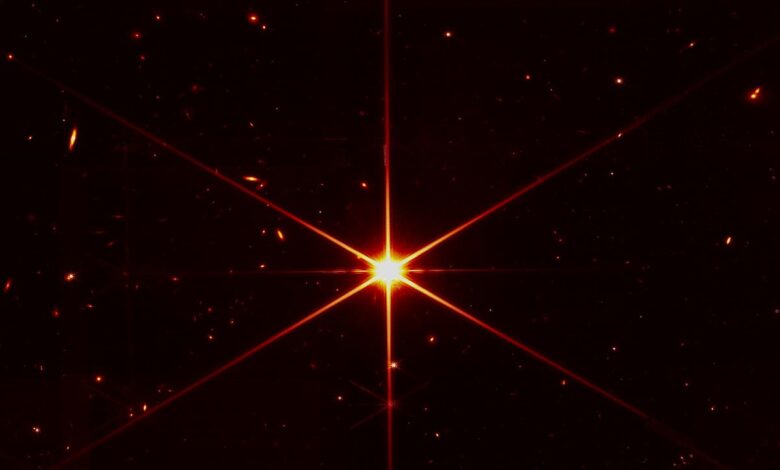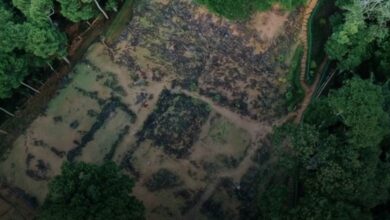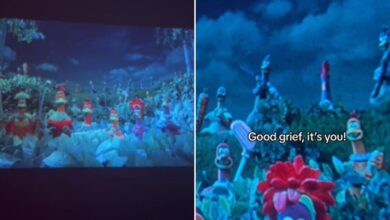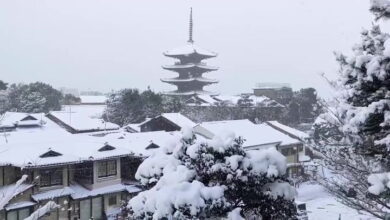Nasa’s James Webb Space Telescope hit by rock

Nasa’s James Webb Space Telescope has been hit by a piece of space rock.
One of the large mirrors that powered the segment was hit by a micrometeoroid that was larger than expected and bigger than engineers were able to test on the ground, the space agency said.
Though assessments are still continuing, the telescope still appears to be operating well enough, but the collision had a “marginally detectable effect in the data”, Nasa said in its announcement.
The object hit one of the pieces of mirror that allow the telescope to work sometime between 23 and 25 May, the space agency said in its announcement.
Nasa said that the telescope had been built to withstand such impacts, even if the piece of rock was larger than expected.
During the building process, researchers used a mix of simulations and actual impacts on pieces of mirror to see how the telescope would be able to withstand impacts with particles flying at very fast speeds across space, it said.
“We always knew that Webb would have to weather the space environment, which includes harsh ultraviolet light and charged particles from the Sun, cosmic rays from exotic sources in the galaxy, and occasional strikes by micrometeoroids within our solar system,” said Paul Geithner, technical deputy project manager at NASA’s Goddard Space Flight Center in Greenbelt, Maryland.
“We designed and built Webb with performance margin – optical, thermal, electrical, mechanical – to ensure it can perform its ambitious science mission even after many years in space.”
The space telescope is also able to deal with any collisions by moving its mirrors around to correct for any problems with specific segments. It has already been moved around to deal with the collision, and further fine adjustments are still required, it said.
The telescope is also able to move itself around in space, so that engineers can move its more sensitive pieces out of the way of known meteor showers. The particle that hit the telescope was not part of such a known shower, however, and pending further investigation Nasa believes that it was unavoidable.
Over time, however, the telescope will inevitably be hit by more solid objects in space, degrading its performance. That process is expected, and Nasa simply hopes that the telescope’s performance is high enough that even with the degradation it will be able to prove useful for years to come.
“With Webb’s mirrors exposed to space, we expected that occasional micrometeoroid impacts would gracefully degrade telescope performance over time,” said Lee Feinberg, Webb optical telescope element manager at NASA Goddard.
“Since launch, we have had four smaller measurable micrometeoroid strikes that were consistent with expectations and this one more recently that is larger than our degradation predictions assumed. We will use this flight data to update our analysis of performance over time and also develop operational approaches to assure we maximize the imaging performance of Webb to the best extent possible for many years to come.”





